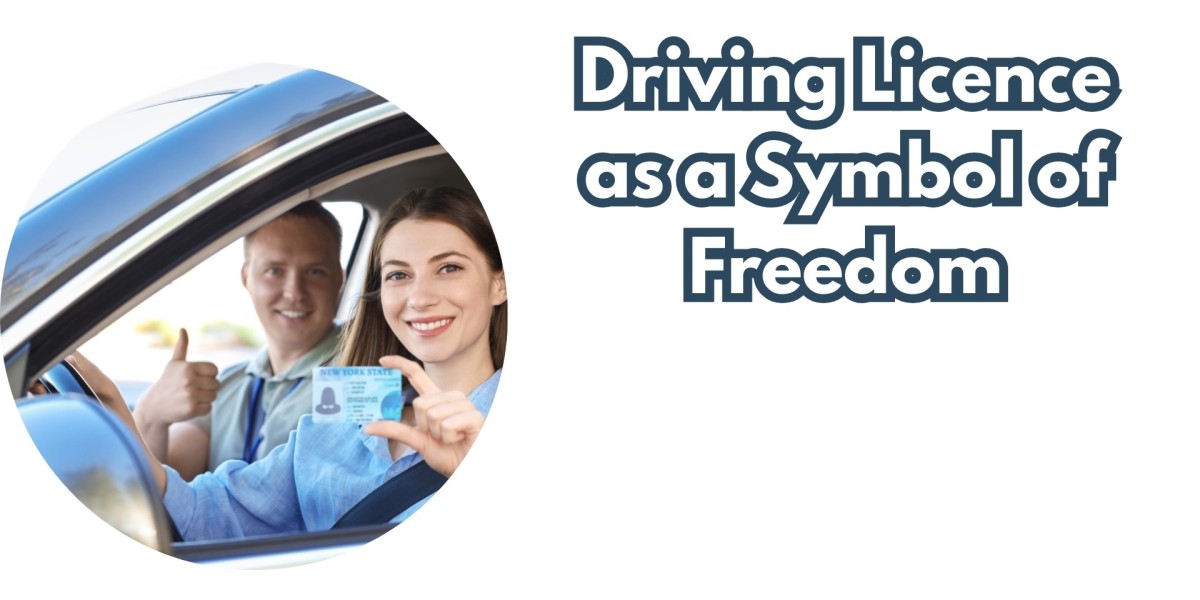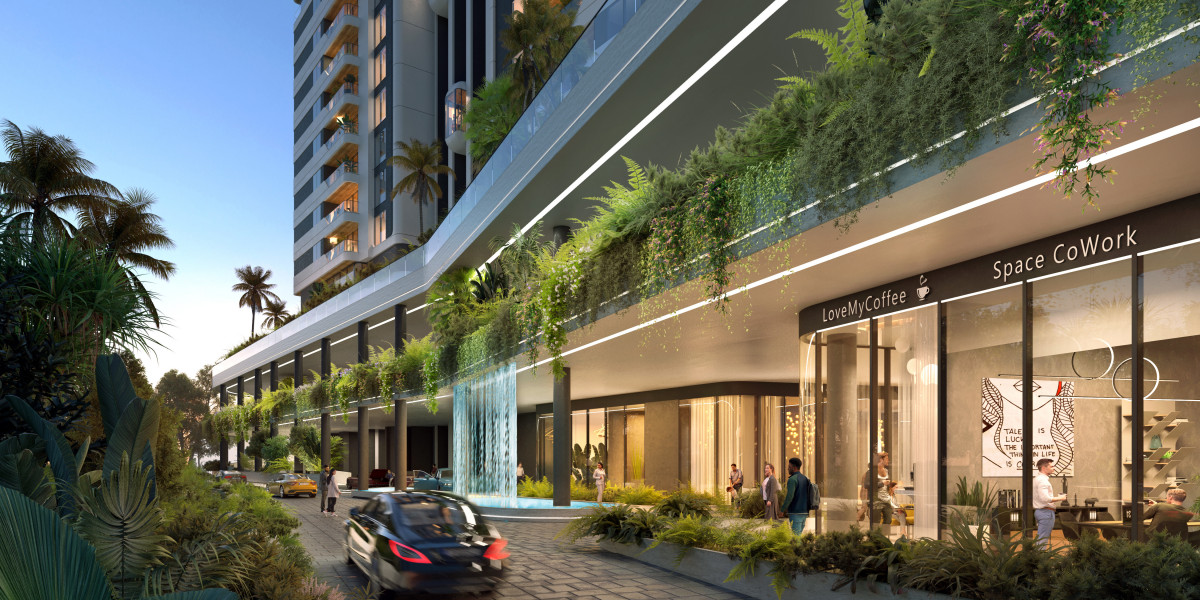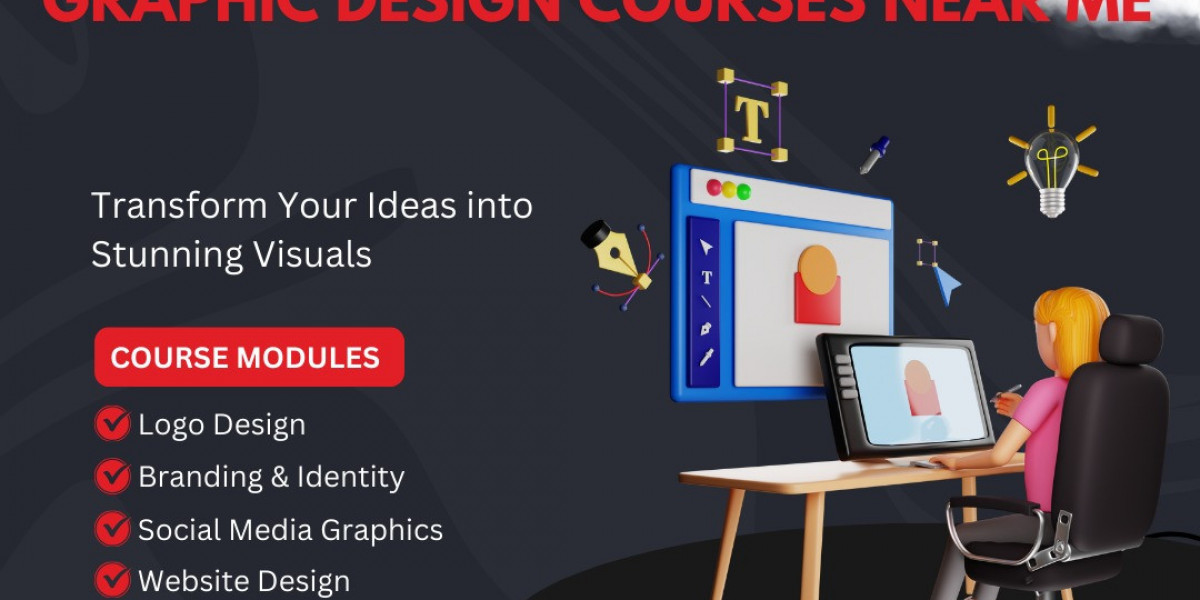Freedom is a concept deeply rooted in human consciousness. It's the essence of independence, self-expression, and control over one’s destiny. While freedom manifests in various forms — political, economic, spiritual — it also shows up in the everyday tools that empower individuals. Among them, the driving licence stands out as one of the most symbolic representations of personal freedom.
Beyond just being a government-issued document, a driving licence is a rite of passage, a legal green light to mobility, a badge of trust, and a gateway to exploring the world on one's terms. It signifies control, responsibility, and a sense of adulthood that resonates deeply across generations.
This article dives into the multidimensional role of the driving licence as a symbol of freedom, spanning personal development, social mobility, gender empowerment, and cultural significance — and why its value goes far beyond legal permission to drive.
1. The Driving Licence: More Than Just a Card
At first glance, a driving licence is a piece of plastic or a digital document — it carries one’s name, photograph, and details that validate the ability to operate motor vehicles legally. But beneath its surface, it is a powerful enabler of:
Independence: The licence gives individuals the autonomy to move without relying on public transport or others.
Access: It opens up job opportunities, educational prospects, and social engagements.
Identity: It serves as a recognised proof of identity and often a first real document that signifies maturity.
Responsibility: It is a legal testament that someone has acquired the knowledge and skills to drive safely and is accountable for their actions on the road.
2. A Rite of Passage into Adulthood
For teenagers and young adults, obtaining a driving licence is one of the first major life milestones. It marks a turning point in the journey from dependence to independence.
Coming-of-Age Symbol: Like turning 18 or graduating, earning a license is often treated with ceremonial importance. Families celebrate it, and peers acknowledge it.
Confidence Builder: The process of learning to drive — mastering vehicle control, navigating rules, and passing tests — boosts self-esteem and practical intelligence.
First Step Towards Autonomy: For many, the licence is the first real taste of adult responsibility. It introduces the concept of risk, accountability, and decision-making under pressure.
3. Emotional and Psychological Freedom
Driving provides an unmatched emotional release — a therapeutic escape from stress, routine, or confinement.
Mental Liberation: Driving on an open highway can feel like breaking free from daily burdens. It's an act of reclaiming space and time.
Control in Chaos: In a world that often feels unpredictable, the ability to control a car offers a sense of mastery and order.
Self-Reliance: Being able to take oneself anywhere without depending on others reinforces emotional resilience and independence.
4. Socioeconomic Liberation
The driving licence isn't just about emotional independence — it's a catalyst for real-world socioeconomic progress.
Employment Opportunities: Many jobs require driving. Whether it’s delivery, fieldwork, sales, or commuting, a licence expands employability.
Education Access: Especially in rural or underserved areas, students use vehicles to reach distant colleges or training centres.
Business Empowerment: Small business owners, freelancers, and entrepreneurs rely on mobility to expand their reach and services.
Rural and Remote Access: In areas where public transportation is limited, driving is often the only option to connect with hospitals, markets, and government offices.
5. Gender Empowerment and Mobility
Across cultures, the driving licence has been a powerful tool for women’s empowerment.
Breaking Gender Norms: In societies where mobility for women has been restricted, learning to drive challenges long-standing gender roles.
Safety and Security: Driving allows women to avoid unsafe public transport or reliance on others, especially in urban or unfamiliar areas.
Symbol of Empowerment: In places like Saudi Arabia, where women only recently earned the right to drive, the licence stands as a revolutionary symbol of progress and equality.
Role Modelling: Women drivers inspire younger generations to pursue autonomy and challenge limitations.
6. Cultural Significance and Symbolism
The image of a person driving — especially in film, literature, and media — often represents freedom, adventure, and rebellion.
In Pop Culture: From “Thelma & Louise” to “Fast & Furious,” driving symbolises liberation, thrill, and the spirit of breaking boundaries.
The Open Road: Culturally, highways and open roads represent limitless possibilities and the thrill of the unknown.
Travel and Exploration: The driving licence gives the literal keys to the world, allowing people to chart their journeys, take detours, and chase sunsets.
7. Driving and Individual Identity
Driving becomes an extension of one’s personality — the car, the style of driving, the routes taken — all reflect personal identity.
Lifestyle Statement: Owning a vehicle and the ability to drive it signal a certain lifestyle, freedom of choice, and personal taste.
Self-Expression: Customising vehicles, choosing driving music, or mapping out road trips are all expressions of individualism.
Personal Space: The car often becomes a personal sanctuary — a moving bubble of comfort, solitude, and reflection.
8. Legal Identity and Trust
A driving licence is one of the most widely accepted forms of government-issued identification.
Proof of Existence: For many, especially in countries where formal documentation is rare, the driving licence is their first official proof of identity.
Document of Trust: The licence implies that the state has trusted the individual with the responsibility to operate a machine that can be life-altering — it’s a legal trust contract.
International Recognition: Licences, especially when accompanied by an international driving permit, allow individuals to drive in multiple countries — a form of global mobility and freedom.
9. Challenges and Inequities in Access
While the licence symbolises freedom, it's important to recognise that not everyone has equal access to it.
Cost Barriers: Licensing fees, driving school costs, and vehicle expenses can be prohibitive for low-income individuals.
Gender and Cultural Barriers: In some societies, women and marginalised groups face societal or legal obstacles to driving.
Disability Access: Persons with disabilities may find it harder to access adapted driving tests or vehicles.
Age Discrimination: Both the young and the elderly may face scrutiny or barriers despite being capable drivers.
The struggle to obtain and keep a licence highlights broader social and economic inequalities — but also shows how powerful and desired this symbol of freedom truly is.
10. Digital Evolution of Licensing
As the world moves toward digital systems, driving licences too are becoming smarter and more integrated.
Digital Licences: Mobile-friendly versions of driving licences offer convenience, reducing dependence on physical cards.
Smart Vehicles and Automation: With the rise of autonomous vehicles, the role of the licence may shift — but its symbolism as a gateway to mobility will persist.
E-Governance and Accessibility: Online application systems and digital driving tests are making access more efficient and transparent in many regions.
Even as the physical form of the licence evolves, its symbolic power remains intact.
11. The Future of Driving and Freedom
As we move into a future of electric cars, shared mobility, and automation, the fundamental role of driving and licensing may shift, but the spirit of freedom it represents will remain.
Autonomous Driving: Might change what a licence looks like, but the right to mobility and control will still matter.
Green Mobility: Driving may become more sustainable and inclusive, extending freedom to more people without harming the planet.
Global Access: International cooperation may allow easier licence reciprocity, making global travel even freer.
Know more about:- Know the process of Driving Licence renewal in India
Conclusion
The driving licence, though modest in size and form, is enormous in its symbolism. It represents:
The power to choose one's path — literally and metaphorically.
The ability to go places, change situations, and explore the unknown.
A sense of identity, responsibility, and trust.
A universal desire for autonomy and self-determination.
In a world where freedom can often feel abstract or limited, the driving licence brings it home, tangible, practical, and personal. It reminds us that the open road isn't just a stretch of asphalt; it's a canvas of possibility.








